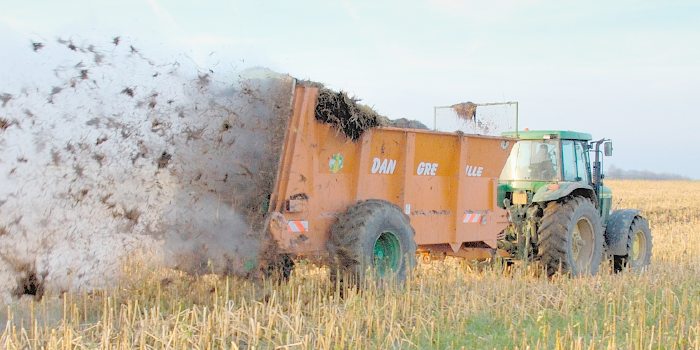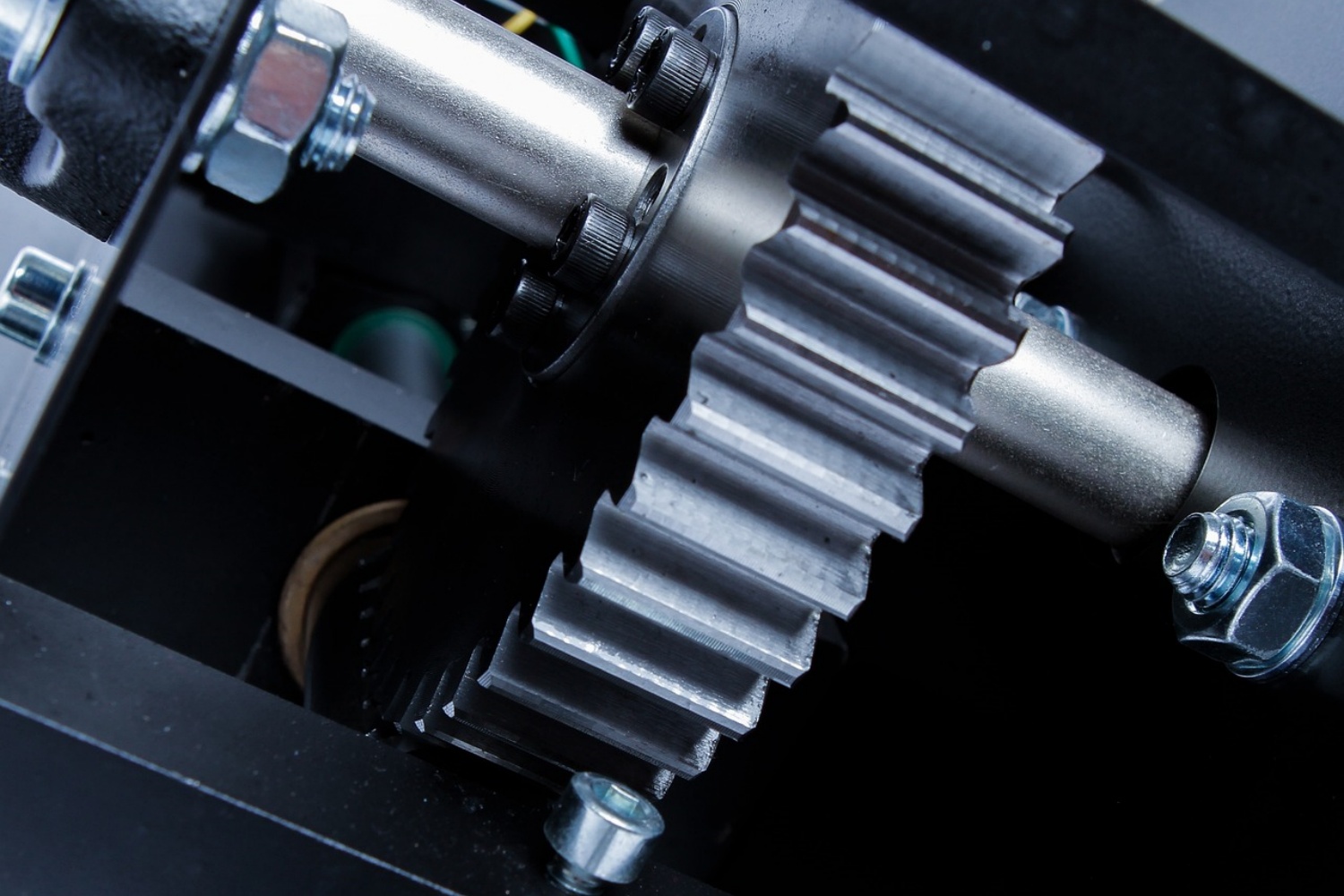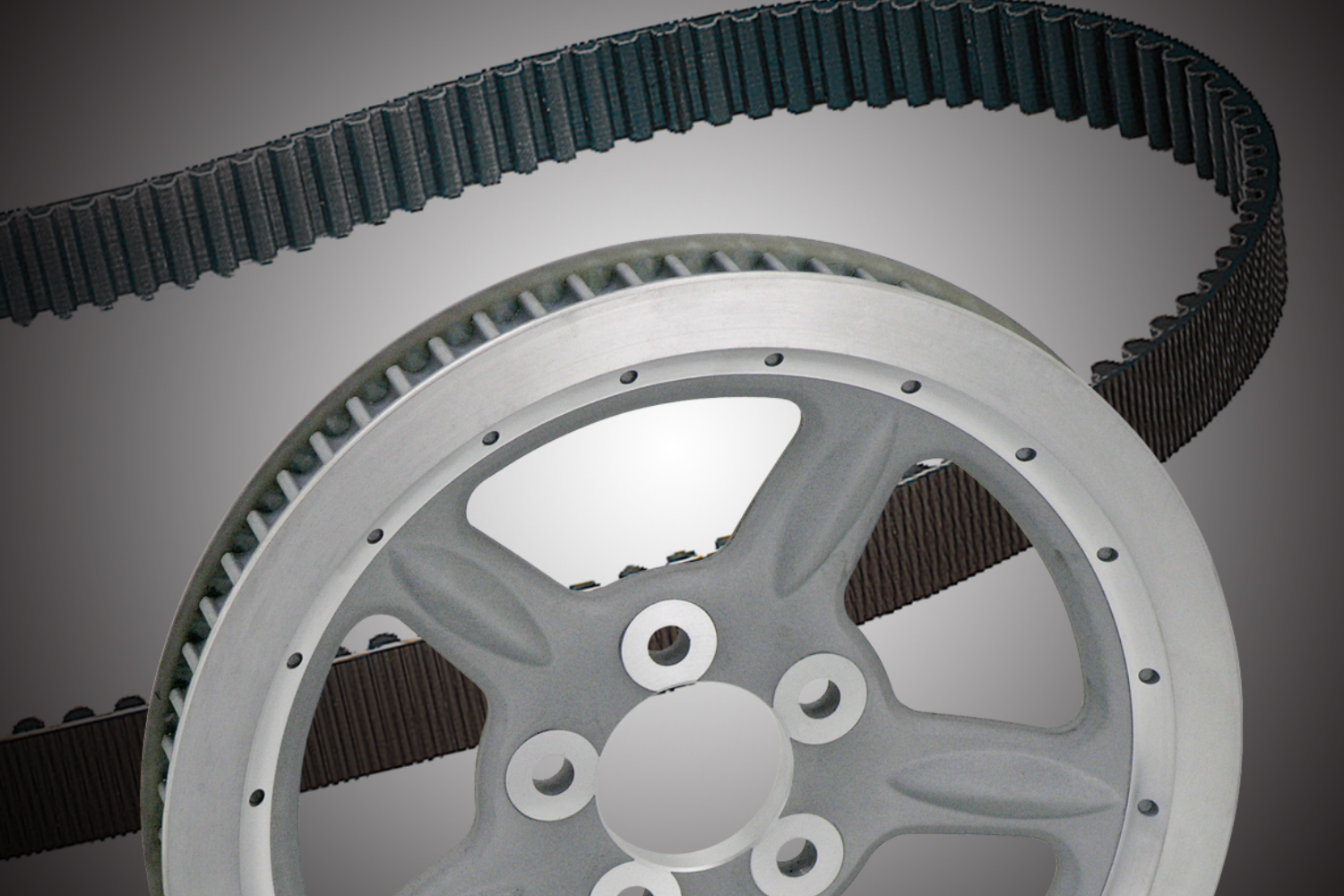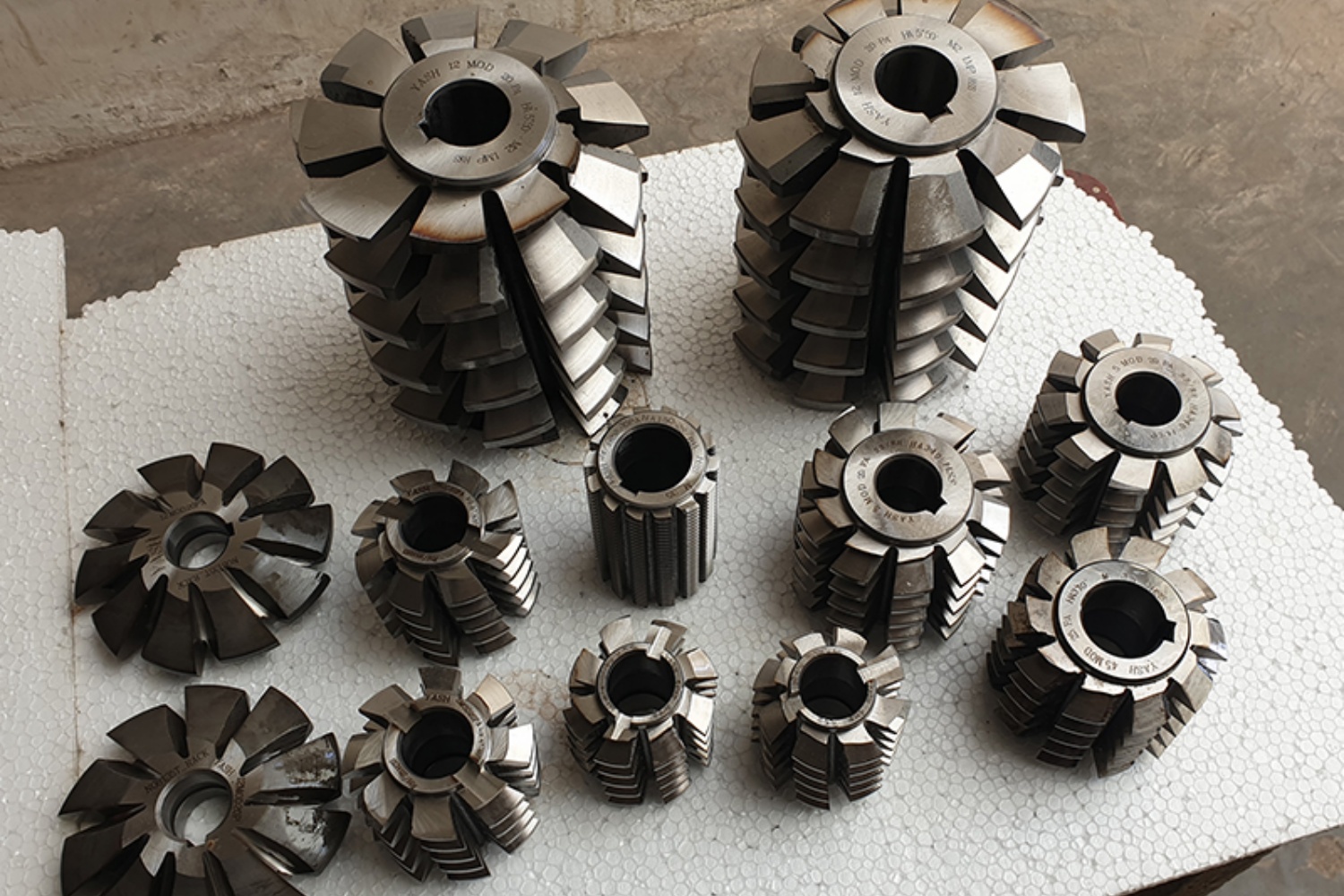Agricultural machinery sprockets are vital components that ensure the smooth and efficient operation of farming equipment. To make the most of these sprockets and optimize their performance, it is crucial to understand and implement certain considerations. In this article, we will explore the important factors to keep in mind when using agricultural machinery sprockets. By paying attention to these aspects, farmers and equipment operators can enhance efficiency, minimize downtime, and extend the lifespan of their machinery, ultimately leading to increased productivity and improved overall outcomes in agricultural operations.
Proper Installation and Alignment:
The correct installation and alignment of agricultural machinery sprockets are essential for their effective operation. It is crucial to follow the manufacturer’s instructions and guidelines for installation, ensuring that the sprocket is securely mounted to the shaft or hub. Improper installation can lead to misalignment, excessive wear, and reduced power transmission efficiency. Farmers should pay attention to aligning the sprocket with the corresponding components such as chains, belts, or gears, ensuring smooth engagement and optimal performance.
Adequate Lubrication:
Proper lubrication is paramount for the smooth operation and longevity of agricultural machinery sprockets. Lubricants create a protective barrier that reduces friction, wear, and heat generation between the sprocket and the chain. Farmers should regularly apply lubrication to the sprocket teeth and ensure that the lubricant used is compatible with the operating conditions and recommendations provided by the manufacturer. Additionally, regular inspections should be conducted to check the lubrication levels and address any signs of inadequate lubrication promptly.
Tensioning and Maintenance:
Maintaining the appropriate tension in the chain or belt connected to the agricultural machinery sprocket is crucial for optimal performance. Farmers should follow the manufacturer’s recommendations for tensioning, taking into account factors such as the type of sprocket, operating conditions, and load requirements. Regular maintenance, including visual inspections, checking for wear or damage, and adjusting tension as needed, is essential to prevent premature wear, excessive stretching, or slippage of the chain. Timely adjustments and replacements of worn components can prevent costly breakdowns and ensure smooth operation.
Environmental Factor:
The agricultural environment presents unique challenges that can impact the performance of machinery sprockets. Exposure to dirt, debris, moisture, and corrosive substances can accelerate wear and deterioration. Farmers should regularly clean the sprockets, removing any accumulated dirt or debris that may affect performance. Additionally, protective measures such as shields or guards can be employed to minimize exposure to contaminants. It is also important to store machinery in a dry and sheltered environment when not in use to prevent rust and corrosion, which can compromise the functionality and lifespan of the sprockets.
Regular Inspections and Prompt Replacement:
Regular inspections of agricultural machinery sprockets are vital to identify signs of wear, damage, or misalignment. Farmers should visually examine the sprockets for worn teeth, cracks, or excessive wear patterns. Any detected issues should be addressed promptly, including replacing worn or damaged sprockets with high-quality replacements. Delaying replacement can lead to reduced performance, increased power consumption, and potential failures that can result in costly repairs and downtime.
Conclusion:
Proper usage of agricultural machinery sprockets is essential for maximizing efficiency, reducing downtime, and extending the lifespan of farming equipment. By focusing on proper installation, alignment, lubrication, tensioning, maintenance, and considering environmental factors, farmers can ensure the reliable and efficient operation of their machinery. Regular inspections and prompt replacement of worn or damaged sprockets contribute to optimized performance and productivity in agricultural operations. By following these guidelines and investing in high-quality sprockets, farmers can enhance work efficiency, minimize costly downtime, and ultimately achieve better results in their agricultural endeavors.
CONTINUE READING
Related Posts
In the world of industrial manufacturing, the efficiency and reliability of transmission systems are critical to the success of any […]
In industrial settings, a smooth and quiet power transmission system is crucial for productivity, safety, and worker comfort. V Belt […]
Splines play a critical role in mechanical power transmission systems, enabling rotational motion and torque transfer between mating components. These […]





